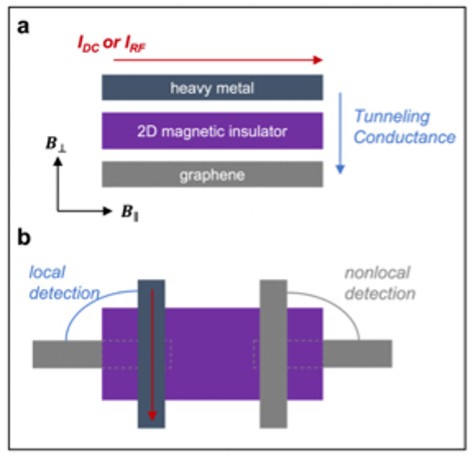Summary
Microwaves have enabled numerous classical technologies, in part because they propagate through air with little energy loss. Using novel approaches, we are working to demonstrate the generation of two or more entangled microwave photons. The photons themselves can be used for quantum communication or can be used on-chip to entangle separated parts of a quantum processor. We are also working toward other milestones, such as using microwaves to demonstrate remote entanglement of qubits. One of our goals is to boost capability for quantum communication, which can lead to a next-generation Internet, and which is a focal point in the quantum space race that has emerged with other nations. We also expect our work to advance the field of quantum computing.

Related Content
Folk Understanding of Quantum Physics
Summary It is often said that quantum concepts are counterintuitive. However, quantum concepts may not be equally counterintuitive to people from all cultural backgrounds. As cultural psychologists have discovered, culture fundamentally shapes the way people make sense of the world. In particular, the last few decades of research have documented cultural differences in appreciation of […]
March 24, 2021

Coherent magnon generation, magnon condensation, and quantum spin liquids via spin pumping in 2D magnets
Summary Developing hybrid quantum systems is essential to harnessing the complementary advantages of different quantum technology platforms. This necessitates the successful transfer of quantum information between platforms, which can be achieved, e.g., by harnessing magnons, or spin wave excitations, in magnetic materials. Decoherence due to uncontrolled coupling of qubits to the environment remains a fundamental […]
February 1, 2023

A Reformulation of Quantum Game Theory
Summary Classical game theory – conducted at the interface between economics and computer science – has found applications in topics ranging from networking and security to online markets. Despite over 20 years of research into connections between game theory and quantum information, we have yet to see any significant implications of quantum information when applied […]
April 1, 2020

Extensible Technology for a Medium-Scale Superconducting Quantum Processor
Summary Superconducting quantum bits, or qubits, use circuits made from superconducting materials to harness quantum mechanical states. These devices contain many atoms, but can behave as simple, controllable qubits. We are building technologies for the control and measurement of superconducting qubits to enable the first demonstration of an extensible, medium-scale quantum processor. Our approach […]
November 28, 2016

